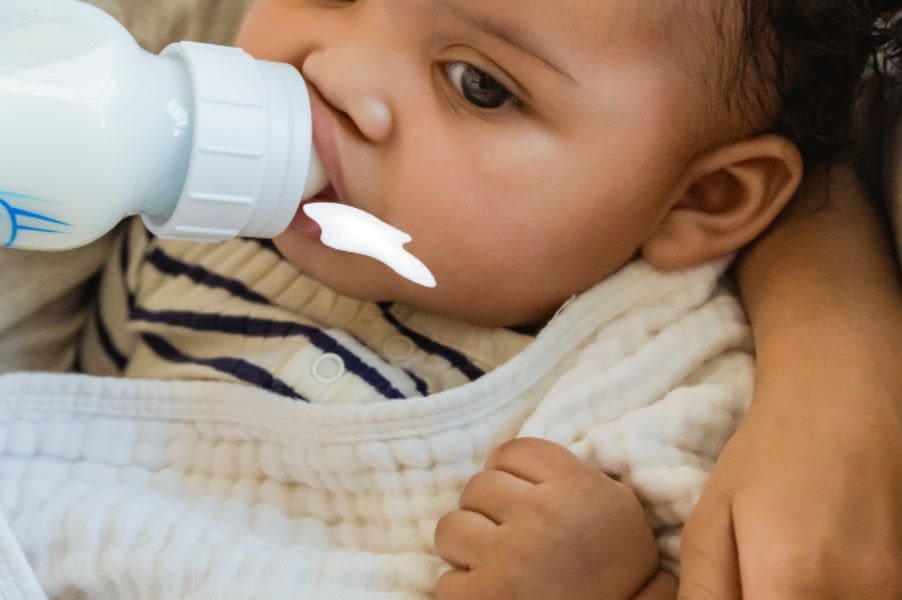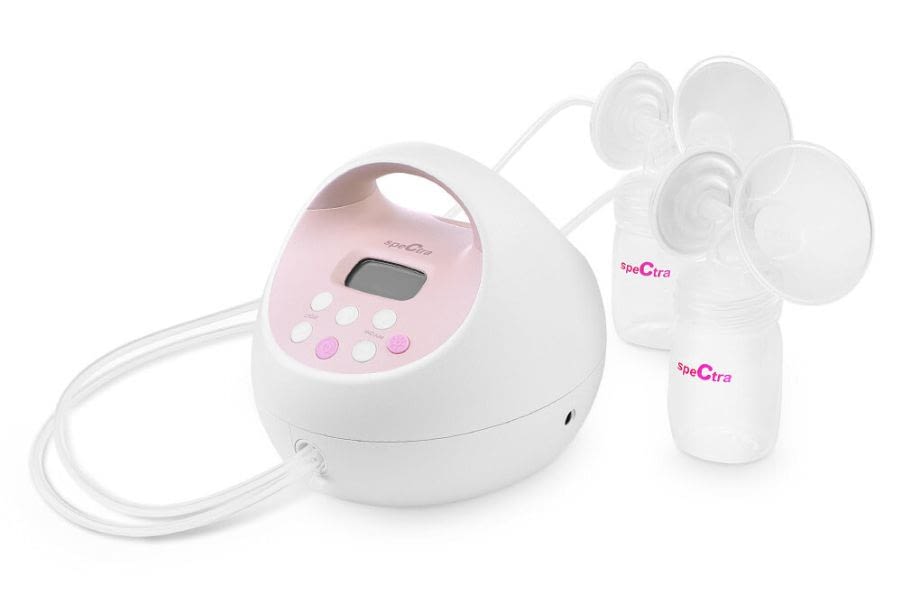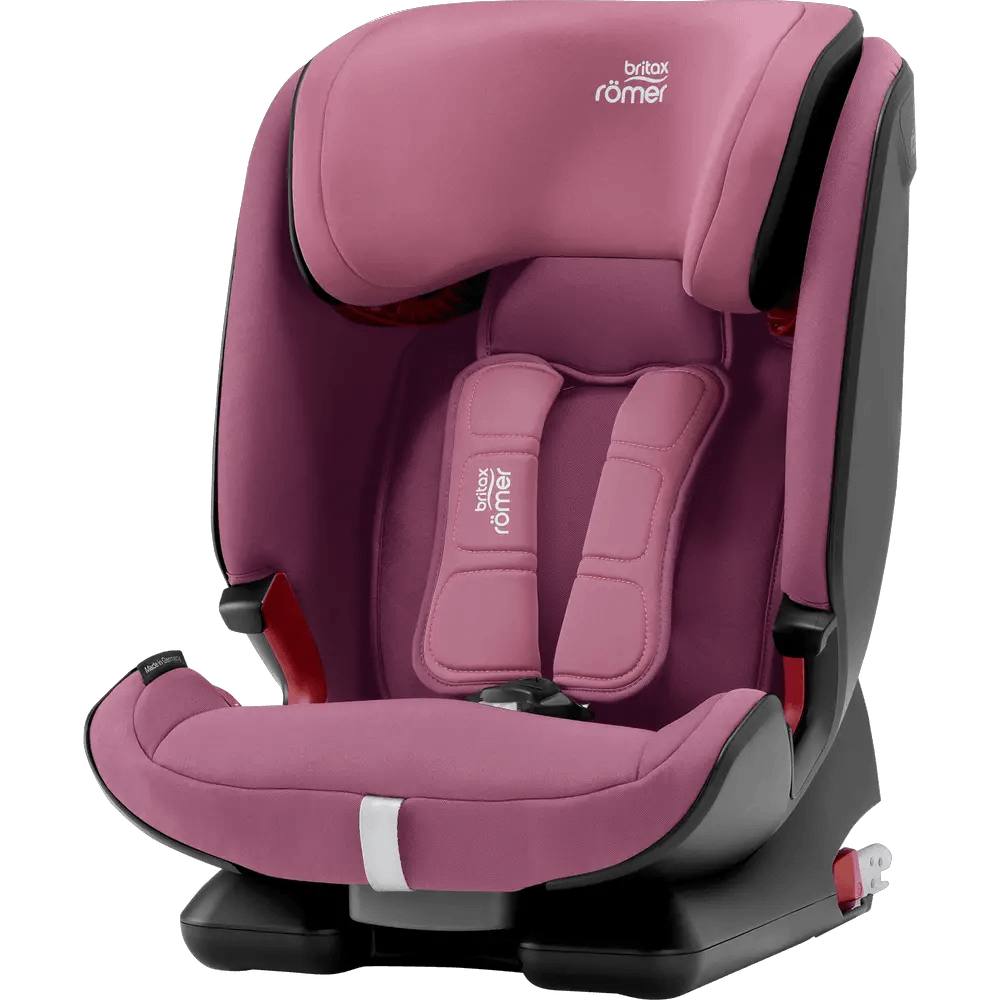As a new mother, you may have a common inquiry about whether it’s safe to reheat your baby’s formula. It’s crucial to prioritize your baby’s well-being and nourishment, which requires you to stay informed and knowledgeable about the best practices for handling and reheating infant formula.
Parents can follow simple guidelines when reheating any prepared formula, so their little ones can enjoy their bottles without worrying. In this blog post, we’ll provide all the necessary information for safely and effectively reheating infant formulas. So, can you reheat formula milk?
An Overview of Reheating Baby Formula – What You Need to Know
It is generally safe to reheat formula as long as it is done correctly and within the guidelines. However, you should always be aware of how often you can reheat formula and whether or not specific methods are safe for this purpose.
How many times can you reheat formula?
Regarding safely reheating baby formula, experts recommend following the same rule of thumb that applies to all food: only reheat it once. If formula has been heated once, it should not be reheated again as it could potentially cause bacteria to grow in the formula.
Reheating premade powdered formula can also affect the flavor and texture of the formula, making it less appealing to your baby.
Can you reheat formula within an hour?
Yes, as previously said. But to do so, place the already-used formula in a bottle or bowl and warm it slowly by either placing it in hot water or using a low setting on the microwave. However, stir or shake the formula thoroughly before feeding it to your baby to ensure it is evenly warmed and safe for consumption.
Keep the premade formula at room temperature for up to two hours. Discard any formula that has been heated up and not used within 1 hour after heating.
Now here the question arises.
Can you microwave formula?
Generally, pediatrics recommend avoiding heating formula in the microwave due to potential hot spots within the bottle or bowl. Hot spots can occur when microwaving, leading to the potential for scalding of the formula and, thus, the risk of injury to your baby.
Additionally, reheating formula in a microwave can cause it to lose its nutritional value more quickly than if heated slowly on the stovetop or in hot water.
Read Also: How Long Does Breast Milk Last After Warming?
Tips for Safely Reheating Prepared Formula
When preparing bottles or reheating the formula, keep the following safe formula feeding tips in mind:
- If the formula has been previously warmed and refrigerated, use it within 24 hours.
- Thoroughly stir or shake the formula before giving it to your baby.
- Test the formula’s temperature to ensure it’s not too hot or cold.
- Heat formula slowly by placing it in hot water or using a low setting on the microwave.
- Avoid microwaving formula due to potential hot spots. If you’re in a pinch, you can use the defrost setting on your microwave to warm formula slowly.
- Only reheat formula once – do not use the formula already used and reheated multiple times.
- Discard any leftover formula if not consumed within two hours after warming.
- Whatever method you use, it’s always best to follow the instructions on the formula label. This will help ensure that your baby receives a nutritious and safe meal.
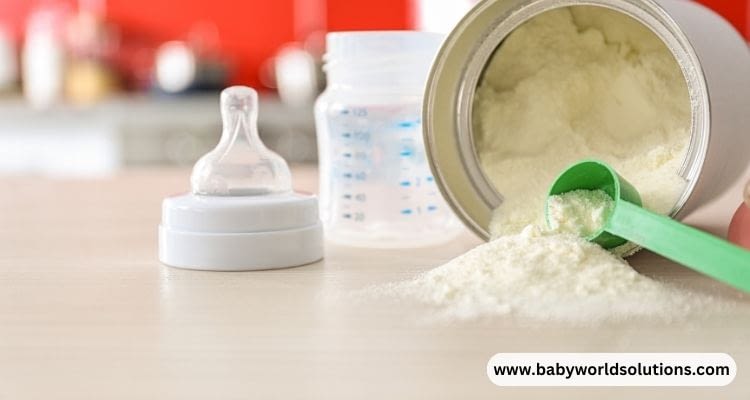
Benefits of Reheating Baby Formula
When it comes to reheating pre made formula, there are several benefits.
- It can save time and money by reducing the need to make batches of formula in advance.
- Additionally, reheating powdered formula is often more convenient than starting a new batch as it saves you from having to measure ingredients or wait for the mixture to cool before feeding your baby.
What are the Potential Risks of Reheating Infant Formula
Although reheating prepared formula can be beneficial in some cases, there are some potential risks.
- For example, bacteria can grow quickly if the temperature of the formula is too warm, which can make your baby sick and weaken the immune system.
- Additionally, heated bottles can become too hot for your baby to hold and cause burns if not handled with care safely.
Therefore, it’s essential to follow safety guidelines when reheating ready to feed formula.
Microwaving Formula Milk in Baby Bottles: Understanding the Risks
As a new mom, you want to ensure your little one gets the best care possible. That includes providing them with the appropriate nutrition they need to thrive, and sometimes, that means relying on formula milk.
Does microwaving formula destroy nutrients?
When preparing formula, convenience is vital, especially during those late-night feedings. Many parents use a microwave to warm up their baby’s bottle quickly. However, did you know there are risks when microwaving formula milk in baby bottles?
So, let’s look at those risks and explore alternative methods for warming up your baby’s milk.
Uneven Heating
Although microwaving formula milk is generally considered safe, the Food and Drug Administration (FDA) states it can heat unevenly.
To avoid this risk, be sure to stir or shake well after heating, and always test the temperature of the formula before feeding it to your baby. It means that some parts of the milk may be hotter than others, which can cause burns in your baby’s mouth or throat.
Also, the heat generated by the microwave can cause the chemicals in the plastic bottle to leach into the milk, resulting in potentially harmful chemicals entering your child’s system.
Alteration of Nutrients
When formula milk is microwaved, it can significantly alter the nutrient content of the milk, destroy some of the vitamins and minerals in the milk, and leave your baby with a suboptimal source of nutrition. Also, heating the milk can cause hot spots, which can break down some of the nutrients and proteins in the milk.
Risk of Overheating
Another risk of microwaving formula milk in baby bottles is overheating the milk. Some microwaves may heat the milk too quickly, and if you’re not careful, it can reach scalding temperatures that can cause burns. It can also alter the taste and odor of the milk, making it distasteful for your little one.
Breakdown of Bottle Materials
When you microwave cold formula milk in plastic baby bottles, the heat generated by the microwave can cause the plastic to break down over time. It can cause the bottle to warp and even lead to cracks and leaks, which can be dangerous for your baby. These cracks can create opportunities for bacteria to thrive, leading to infections.
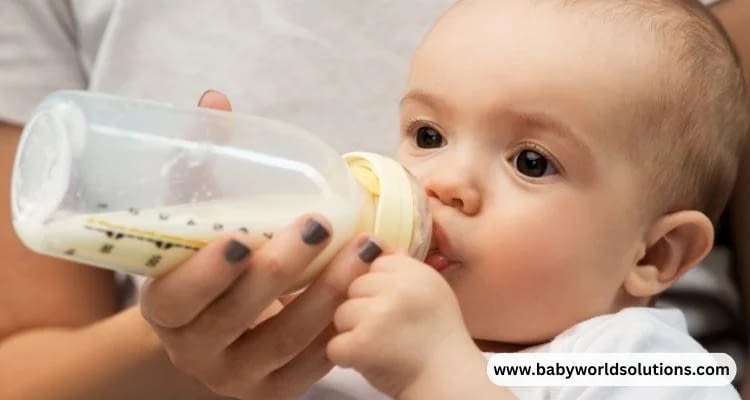
Safe Alternatives to Reheat Baby Formula in Microwave
If you’re looking for a faster way to warm bottles, plenty of safer microwaving alternatives exist.
For example, you can warm up a bottle of milk by placing it in a bowl of hot water or using a bottle warmer. Both methods allow the milk to heat up more evenly. They also don’t pose the same risks associated with microwaving.
Best way to heat milk (Formula or Breast milk): Use bottle warmers in infant formula preparation
The best way to heat milk for baby formula is to use a bottle warmer. Bottle warmers are designed for warming up liquids, including breastmilk and formula milk, quickly and safely without the risk of hot spots or scalding.
They usually work by immersing the bottle in hot water (usually with a basket) or using steam to heat the milk. It is generally the safest and most effective way to heat formula for your baby.
Tips on how to microwave a bottle of formula milk
When using the microwave to heat powdered infant formula milk, it is essential to take extra care and follow a few simple steps.
- Always use a bottle or container approved for microwave heating water for formula milk. Never place any metal in the microwave.
- As the manufacturer recommends, measuring the correct amount of formula in a clean and sterilized bottle or other container is vital.
- Make sure that the lid or cap is securely fastened to the container.
- Shake the container well to ensure that the formula is distributed evenly throughout.
- Heat on a low setting, as microwaves can heat quickly and unevenly, which may burn your baby’s mouth or cause scalds.
- Check the temperature of the milk with your wrist or elbow before feeding your baby, as microwaves can cause hot spots in food.
- Finally, discard any formula not used within one hour after heating, and never reheat formula milk more than once.
Final Thoughts: Can you reheat baby formula?
As new moms, it’s essential to be aware of the potential risks of microwaving formula milk in baby bottles. The dangers of uneven heating, alteration of nutrients, overheating, breakdown of bottle materials, and the risks associated with plastic bottles are all factors to consider.
Always prioritize your child’s safety and well-being by doing thorough research, consulting with a healthcare professional, or asking other parents for advice.
Following these valuable tips and the formula-feeding faqs can help ensure your baby gets the best care possible. The reheating formula comes with risks.
Include:
- Growth of Harmful Bacteria
- Loss of nutrients due to overheating
- Overheating can cause the formula to break down, leaving less nutrition for your baby.
Parents Also Ask
Can you refrigerate formula after warming it?
It is not recommended to refrigerate concentrated formula after warming it because bacteria can grow rapidly in warm milk, and refrigerating it may not completely stop the growth of bacteria. Additionally, reheating the refrigerated formula can further increase the risk of bacterial growth and cause the formula to spoil.
Can you reheat similac formula?
No, you should not reheat Similac formula. According to the manufacturer’s instructions, “Once a prepared bottle of Similac is opened and used, it should be discarded within an hour.”
1 Visit today


